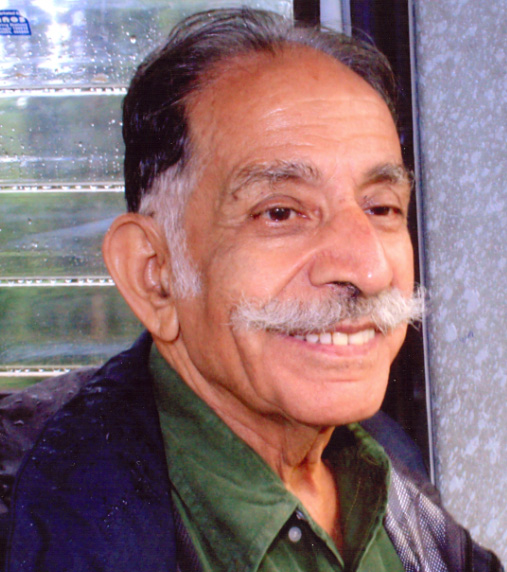The first car nears the summit of Burzil Pass
- A half track at Burzil Pass 13,857 ft. on Great Himalaya Range between Gurais
and Gilgit.
FIRST EVER ACROSS THE
HIMALAYAS BY MOTOR TRANSPORT
By M.M.Munshi
It
was and is still believed by most of us that earliest record of motor
transport having surmounted the Great Himalaya Range was made by a couple of
Honey Staurt tanks and few weapon carriers of the 7th Light
Cavalry supporting the Infantry in storming of the 11,500 high Zojila Pass in
relief of the Leh operation on 4th November 1948.
In reality the earliest record of motor
transport of having not only
surmounting but also having crossed the great Himalaya Range was made by half
tracks of the Trans Asiatic Harrdt-Cintrogen Expedition in crossing the
14,000 ft high Burzil and other passes between Srinagar and Gilgit and beyond
in 1931.
In an era of glorious
expeditions there was hardly any more splendid expedition undertaken than
the 1931-32 Trans Asiatic Harrdt Cintrogen Expedition sponsored by National
Geographic and undertaken by Harrdt with his French team. During early 1920s
Harrdt had traversed the Sahara in his half track vehicles designed by Andre
Citrogen . On April 4th 1931 with seven specially designed cintrogen half
tracks Harrdt set off from Beirut in Lebanon in an attempt to
reach yellow sea by roughly following the route of Marco Polo’s journey seven
centuries earlier.
The expedition was supposed
to cross the Asia from Beirut to Beijing,avoiding the Pamirs
through Soviet Turkish republics in one set of half tracks,but Soviet refusal
to permit the expedition through their territory the expedition had to be
divided ; one set of seven half tracks assembled on east coast of China and
moved westwards and another set of seven half tracks moved from Mediterranean
through Lebanon,Syria, Iraq,Iran, Afghanistan to Srinagar in
India covering a distance of 5,580 kms from Beirut to Srinagar in 81 days
between April 4th April to 31st
June 1931.
The
half tracks performed very well in deserts as well as river crossings on their
own power . Despite expert opinion at Srinagar that the expedition with its
half-tracks will never be able to make up to Gilgit, the expedition left
Srinagar on Trans Himalayan journey on 12th July 1931 with only two of its
half tracks supp lemented
by ponies,/mules and porters for transportation of equipment, including spares
for vehicles, fuel, supplies and other things. Going was very smooth for the
half tracks between Srinagar to Gurez ,but beyond Gurez lot of
difficulties were met with in ascending the Burzil Pass in waist deep
snow and in talus and scree covered slopes on the north face of the Himalayas;
especially between Godoi and Bunji where fresh landslides and rock
falls had had eliminated the track. At places the half tracks were hauled with
ropes to prevent side slipping. At places the half tracks were dismantled and
carried in parts on porters over small bridges and badly damaged portions of
the tracks. One of the cars near Astor was got stranded on its front
wheels and right track while the road under the left track collapsed was
retrieved almost by a miracle. Beyond Gilgit between Nomal and
Chalt , with the time left at the disposal of the expedition and limit
of having reached the limit of motor-able tracks the half tracks were
abandoned and expedition proceeded with ponies, mules the only means of
practicable transport after crossing the Karakorom Range. The expedition
used 60 double humped camels,80 ponies/mules and in due course of time reached
Kashgar (Kasi) in Sinkiang(modern Xinjiang) on 19th September 1931.The
journey eastwards was continued in half tracks of the China group which met
them on 24th October and reached Beijing on 12th Feb 1932.. The expedition
eventually traveled to Vietnam unfortunately losing its leader George Harrdt
at Hong kong due to pneumonia.








